Home>Furniture & Design>Interior Design Trends>How To Clean Plastic Glass
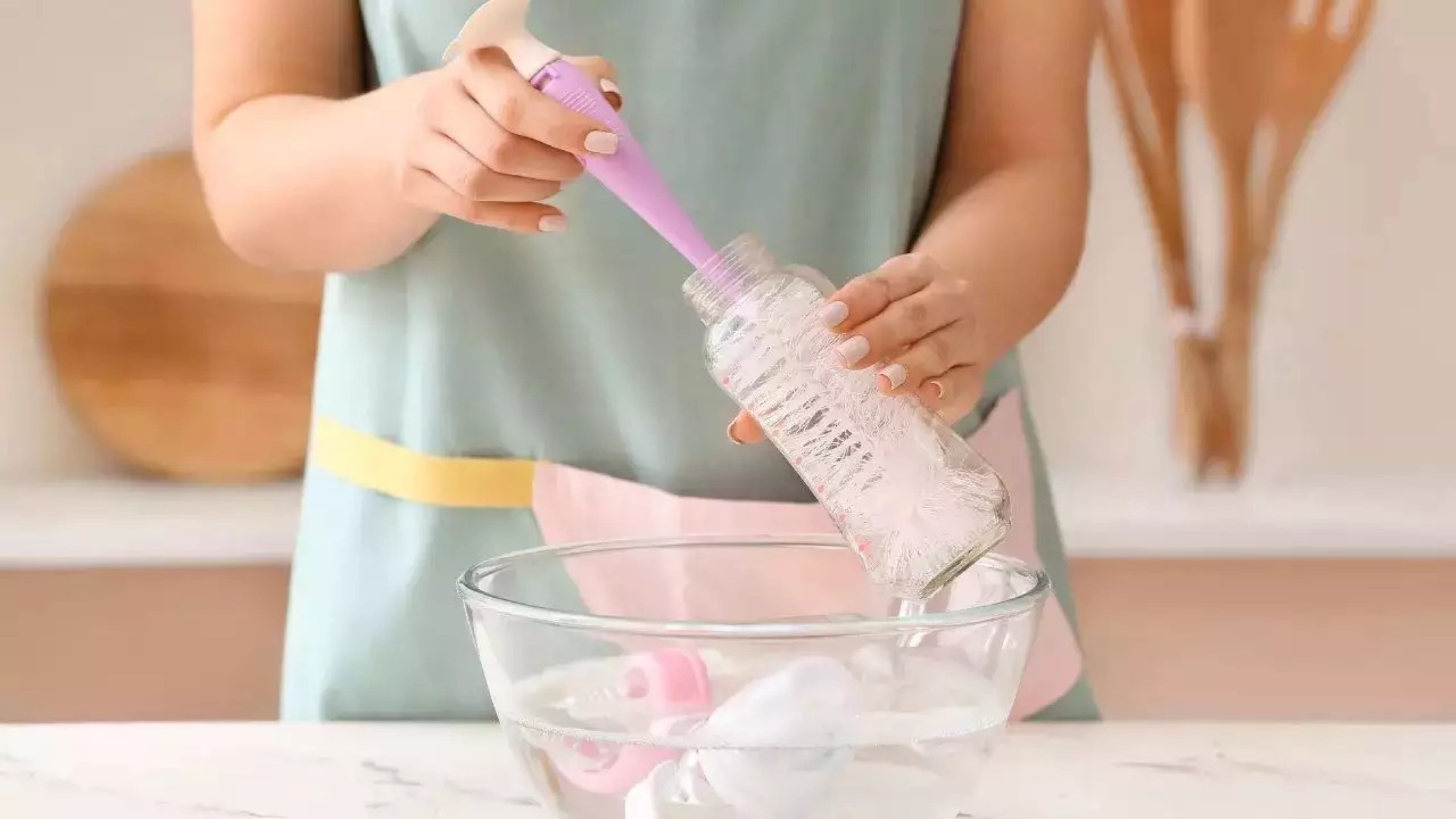

Interior Design Trends
How To Clean Plastic Glass
Modified: October 19, 2024
Learn the latest interior design trends for cleaning plastic glass. Discover effective tips and techniques for maintaining a pristine and stylish home.
(Many of the links in this article redirect to a specific reviewed product. Your purchase of these products through affiliate links helps to generate commission for Storables.com, at no extra cost. Learn more)
Introduction
Cleaning plastic glass is an essential part of maintaining a sparkling and hygienic home or workspace. Whether it's a set of plastic drinking glasses, a decorative vase, or a clear plastic tabletop, keeping these items clean not only enhances their appearance but also ensures that they remain safe for everyday use. Over time, plastic glass can accumulate dust, fingerprints, and other unsightly marks, making it appear dull and uninviting. However, with the right materials and techniques, you can easily restore its pristine condition.
In this comprehensive guide, we will walk you through the step-by-step process of effectively cleaning plastic glass. By following these simple yet effective methods, you can achieve a streak-free and crystal-clear finish, allowing the natural beauty of the plastic glass to shine through. Whether you're a cleaning enthusiast, a busy homeowner, or a professional in the hospitality industry, mastering the art of cleaning plastic glass will undoubtedly elevate the overall aesthetic and cleanliness of your space.
So, gather your cleaning supplies and get ready to breathe new life into your plastic glass items. With a little effort and the right approach, you can bid farewell to smudges and grime, and welcome back the lustrous allure of your plastic glass possessions. Let's dive into the process and unveil the secrets to achieving spotless and gleaming plastic glass surfaces.
Key Takeaways:
- Transform your plastic glass with a simple cleaning routine using mild dish soap, warm water, and a gentle touch. Restore its radiance and elevate the aesthetic of your space effortlessly.
- Embrace the art of cleaning plastic glass as a transformative ritual. Witness the captivating brilliance of your plastic glass items, reflecting your dedication to cleanliness and attention to detail.
Read more: How To Clean A Plastic Tablecloth
Materials Needed
To embark on the journey of restoring your plastic glass items to their former glory, you will need a few essential materials. These items are readily available and will equip you with the necessary tools to effectively remove dirt, grime, and smudges from the plastic glass surfaces. Here's a comprehensive list of the materials needed:
-
Mild Dish Soap: Opt for a gentle, non-abrasive dish soap that is suitable for cleaning delicate surfaces. This will serve as the foundation of your cleaning solution, effectively breaking down grease and lifting away impurities from the plastic glass.
-
Warm Water: Utilize warm water to create the cleaning solution. The mild temperature will help to enhance the cleaning efficacy, allowing the soap to dissolve and dislodge stubborn residues from the plastic glass.
-
Microfiber Cloth: Choose a soft and lint-free microfiber cloth to avoid leaving behind any streaks or lint on the plastic glass. This material is gentle yet highly effective at capturing and lifting away dirt and grime without scratching the surface.
-
Soft Sponge or Cleaning Brush: Select a soft sponge or a cleaning brush with gentle bristles to aid in the removal of tougher stains or dried-on substances from the plastic glass. Ensure that the sponge or brush is clean and free from any abrasive particles that could potentially scratch the surface.
-
White Vinegar (Optional): White vinegar can be used as an alternative cleaning agent, particularly for tackling mineral deposits or hard water stains on the plastic glass. Its acidic properties help to dissolve these stubborn marks, leaving the surface sparkling clean.
-
Rubbing Alcohol (Optional): For particularly stubborn residues or adhesive remnants, rubbing alcohol can be employed to effectively dissolve and remove these substances from the plastic glass. It is important to use this sparingly and ensure proper ventilation during its application.
-
Lint-Free Towel: Have a lint-free towel on hand to dry the plastic glass surfaces after cleaning. This will help to prevent water spots and ensure a crystal-clear finish.
By gathering these materials, you will be well-prepared to embark on the cleaning journey and breathe new life into your plastic glass items. With the right tools at your disposal, you can confidently proceed to the next steps and unveil the transformative power of a thorough plastic glass cleaning routine.
Step 1: Remove Loose Debris
Before delving into the actual cleaning process, it's crucial to begin by eliminating any loose debris or surface-level dirt from the plastic glass. This initial step sets the foundation for a thorough and effective cleaning session, ensuring that the subsequent cleaning solution can target ingrained grime and smudges without interference from loose particles.
To commence this process, gently hold the plastic glass item over a trash receptacle or sink and shake it lightly. This simple action helps dislodge any loose particles, such as dust, food crumbs, or small debris, that may have accumulated on the surface or within crevices. By doing so, you prevent these particles from being redistributed or causing scratches during the cleaning process.
Following the shaking step, use a soft-bristled brush or a clean, dry microfiber cloth to gently brush or wipe away any remaining loose debris. Pay close attention to the edges, rims, and any intricate details of the plastic glass, ensuring that all visible dirt and particles are effectively removed. This meticulous approach sets the stage for a more focused and efficient cleaning process, allowing the subsequent cleaning solution to target deeper-seated stains and marks.
In cases where the plastic glass item features intricate designs or patterns, consider using a soft-bristled brush with gentle, circular motions to dislodge any debris that may be nestled within these decorative elements. This careful attention to detail ensures that the cleaning process addresses all aspects of the plastic glass, leaving no room for residual dirt or debris to compromise the final result.
By diligently removing loose debris from the plastic glass, you pave the way for a more thorough and successful cleaning experience. This preparatory step sets the stage for the subsequent cleaning solution to work its magic, effectively lifting away embedded grime and restoring the plastic glass to its pristine condition. With the loose debris out of the way, you are now ready to proceed to the next step and prepare the cleaning solution that will rejuvenate your plastic glass items.
Step 2: Prepare Cleaning Solution
The preparation of the cleaning solution marks a pivotal stage in the process of revitalizing plastic glass items. This crucial concoction serves as the cornerstone of the cleaning endeavor, harnessing the combined power of mild dish soap and warm water to create a potent solution capable of dissolving grime, grease, and unsightly marks from the plastic glass surfaces.
To begin, fill a clean basin or sink with warm water, ensuring that the temperature is comfortably warm to the touch. The mild warmth of the water facilitates the effective dispersion of the dish soap, allowing it to unleash its cleansing prowess upon the plastic glass. It's important to note that excessively hot water should be avoided, as it may compromise the integrity of certain types of plastic and lead to warping or distortion.
Once the basin is filled with warm water, add a small amount of mild dish soap to the water. The exact quantity of dish soap required will depend on the size of the basin and the extent of cleaning required. As a general guideline, a few drops of dish soap per liter of water should suffice. The goal is to achieve a gentle yet effective cleaning solution that can tackle dirt and grime without causing any damage to the plastic glass.
With the dish soap added, use your hand or a clean utensil to gently agitate the water, allowing the soap to disperse and create a uniform cleaning solution. Avoid creating excessive suds, as this may lead to unnecessary residue on the plastic glass surfaces. Instead, aim for a well-balanced solution that exhibits a slight foaming action, indicating the activation of the cleaning agents within the dish soap.
For particularly stubborn stains or mineral deposits on the plastic glass, the addition of a small amount of white vinegar to the cleaning solution can enhance its efficacy. The acidic nature of white vinegar serves as a natural solvent, effectively dissolving mineral deposits and hard water stains without posing any harm to the plastic glass. Similarly, for adhesive remnants or tougher residues, a sparing application of rubbing alcohol can be incorporated into the cleaning solution to facilitate their removal.
By meticulously preparing the cleaning solution, you lay the groundwork for a successful cleaning endeavor, ensuring that the plastic glass surfaces receive the gentle yet potent treatment they deserve. With the cleaning solution primed and ready, you are now poised to embark on the next phase of the cleaning process, where the transformative power of the solution will be unleashed upon the plastic glass, breathing new life into its appearance.
Use a mixture of warm water and mild dish soap to clean plastic glass. Gently scrub with a soft cloth or sponge, then rinse with clean water and dry with a microfiber cloth to prevent streaks.
Step 3: Clean the Plastic Glass
With the meticulously prepared cleaning solution at your disposal, it's time to embark on the transformative stage of cleaning the plastic glass. This pivotal step involves applying the cleaning solution to the plastic glass surfaces, effectively lifting away dirt, grime, and unsightly marks to reveal the inherent luster and clarity of the material.
Begin by dipping a soft microfiber cloth into the cleaning solution, ensuring that it is thoroughly saturated without excess dripping. The gentle yet absorbent nature of the microfiber cloth makes it an ideal tool for cleaning plastic glass, as it effectively captures and lifts away dirt and grime without leaving behind lint or streaks. With the dampened cloth in hand, gently begin to wipe the entire surface of the plastic glass, employing smooth and overlapping motions to ensure comprehensive coverage.
Pay particular attention to areas that exhibit visible stains, smudges, or dried-on residues. For these stubborn marks, gently apply slightly more pressure while maintaining a circular or back-and-forth motion to encourage the cleaning solution to dislodge and dissolve the impurities. The goal is to allow the cleaning solution to work its magic, gradually breaking down and lifting away the accumulated dirt and grime from the plastic glass surfaces.
In cases where the plastic glass item features intricate designs, patterns, or hard-to-reach crevices, a soft sponge or a cleaning brush can be employed to delicately address these areas. Dip the sponge or brush into the cleaning solution and carefully maneuver it across the detailed sections, ensuring that no residue is left behind. This meticulous approach guarantees that every aspect of the plastic glass receives the attention it deserves, resulting in a thorough and uniform cleaning outcome.
Throughout the cleaning process, periodically inspect the plastic glass surfaces to gauge the progress and identify any areas that may require additional attention. Should stubborn stains persist, consider reapplying the cleaning solution and gently agitating the affected areas with the microfiber cloth, sponge, or brush. Patience and persistence are key virtues during this phase, as they ensure that the plastic glass is restored to its pristine condition.
As the cleaning solution interacts with the plastic glass, you will witness the gradual transformation taking place, with the surfaces shedding their dullness and embracing a renewed radiance. The combined efforts of the gentle cleaning solution and the meticulous application technique culminate in the gradual unveiling of the plastic glass's inherent beauty, free from the shackles of dirt and blemishes.
By diligently cleaning the plastic glass with the carefully prepared solution, you pave the way for a remarkable visual and tactile rejuvenation, allowing the natural allure of the material to shine through. With the cleaning process nearing its completion, the next step involves rinsing and drying the plastic glass to ensure a flawless and gleaming finish.
Read more: How To Clean Plastic Sink
Step 4: Rinse and Dry
After the meticulous cleaning process, the final steps of rinsing and drying are essential to complete the rejuvenation of the plastic glass. These crucial actions ensure the removal of any residual cleaning solution and impurities, leaving the surfaces immaculately clean and free from streaks or water spots.
To commence the rinsing phase, use a clean microfiber cloth dampened with fresh water to gently wipe the entire surface of the plastic glass. This step serves to remove any lingering traces of the cleaning solution, effectively rinsing away dissolved dirt and grime. Ensure thorough coverage, paying attention to intricate details and crevices to guarantee a comprehensive rinsing process.
Following the rinsing step, it is imperative to dry the plastic glass promptly to prevent the formation of water spots. Utilize a lint-free towel to gently and meticulously dry the surfaces, employing soft and deliberate motions to absorb any residual moisture. Pay particular attention to the edges and rims, as these areas are prone to retaining water droplets. By diligently drying the plastic glass, you safeguard the pristine cleanliness achieved through the cleaning process, ensuring a flawless and crystal-clear finish.
Throughout the rinsing and drying stages, periodically inspect the plastic glass surfaces to confirm the absence of streaks or water spots. Should any imperfections be detected, gently re-rinse and dry the affected areas to achieve a spotless outcome. This meticulous approach guarantees that the plastic glass emerges from the cleaning process with a radiant and unblemished appearance, ready to grace its intended space with elegance and allure.
As the plastic glass dries, take a moment to admire the remarkable transformation that has taken place. The once-dull and blemished surfaces have been revitalized, now exuding a captivating clarity and sheen. The combined efforts of the cleaning solution, rinsing, and drying have culminated in the restoration of the plastic glass to its pristine state, ready to adorn your living space or dining table with renewed splendor.
With the rinsing and drying process complete, the plastic glass stands as a testament to the transformative power of a thorough cleaning routine. By embracing these final steps, you have ensured that the plastic glass radiates with a captivating brilliance, free from the vestiges of dirt and impurities. With the cleaning journey now concluded, revel in the immaculate beauty of your plastic glass, a testament to your dedication to cleanliness and aesthetic excellence.
Conclusion
In conclusion, the process of cleaning plastic glass is not merely a chore, but a transformative ritual that bestows a renewed radiance upon these everyday items. By following the meticulous steps outlined in this comprehensive guide, you have embarked on a journey that transcends mere cleanliness, delving into the realm of revitalization and restoration. The careful removal of loose debris, the meticulous preparation of the cleaning solution, the thorough cleaning process, and the final rinsing and drying stages have collectively breathed new life into your plastic glass items.
As you stand back and admire the glistening surfaces of your plastic glass, it becomes evident that the transformative power of a dedicated cleaning routine extends beyond mere aesthetics. The act of cleaning plastic glass is a testament to your commitment to maintaining a hygienic and visually appealing environment, whether it's in your home, office, or hospitality establishment. The clarity and luminosity that now grace your plastic glass items serve as a reflection of your unwavering dedication to cleanliness and attention to detail.
Moreover, the journey of cleaning plastic glass is a harmonious blend of practicality and artistry. It is a symphony of gentle motions, carefully prepared solutions, and a keen eye for detail. The process encapsulates the essence of nurturing and preserving the inherent beauty of everyday objects, ensuring that they continue to captivate and inspire.
As you integrate the insights gained from this guide into your cleaning routine, you are poised to perpetuate the cycle of rejuvenation and brilliance, infusing your living spaces with the allure of immaculate plastic glass surfaces. The transformative journey you have undertaken serves as a reminder that even the most ordinary items possess the potential for extraordinary radiance when nurtured with care and attention.
In essence, the act of cleaning plastic glass transcends the realm of maintenance, emerging as a celebration of clarity, purity, and the enduring allure of these versatile items. Embrace the transformative power of a thorough cleaning routine, and revel in the luminous beauty of your plastic glass, a testament to the artistry and dedication woven into every cleaning endeavor.
Frequently Asked Questions about How To Clean Plastic Glass
Was this page helpful?
At Storables.com, we guarantee accurate and reliable information. Our content, validated by Expert Board Contributors, is crafted following stringent Editorial Policies. We're committed to providing you with well-researched, expert-backed insights for all your informational needs.

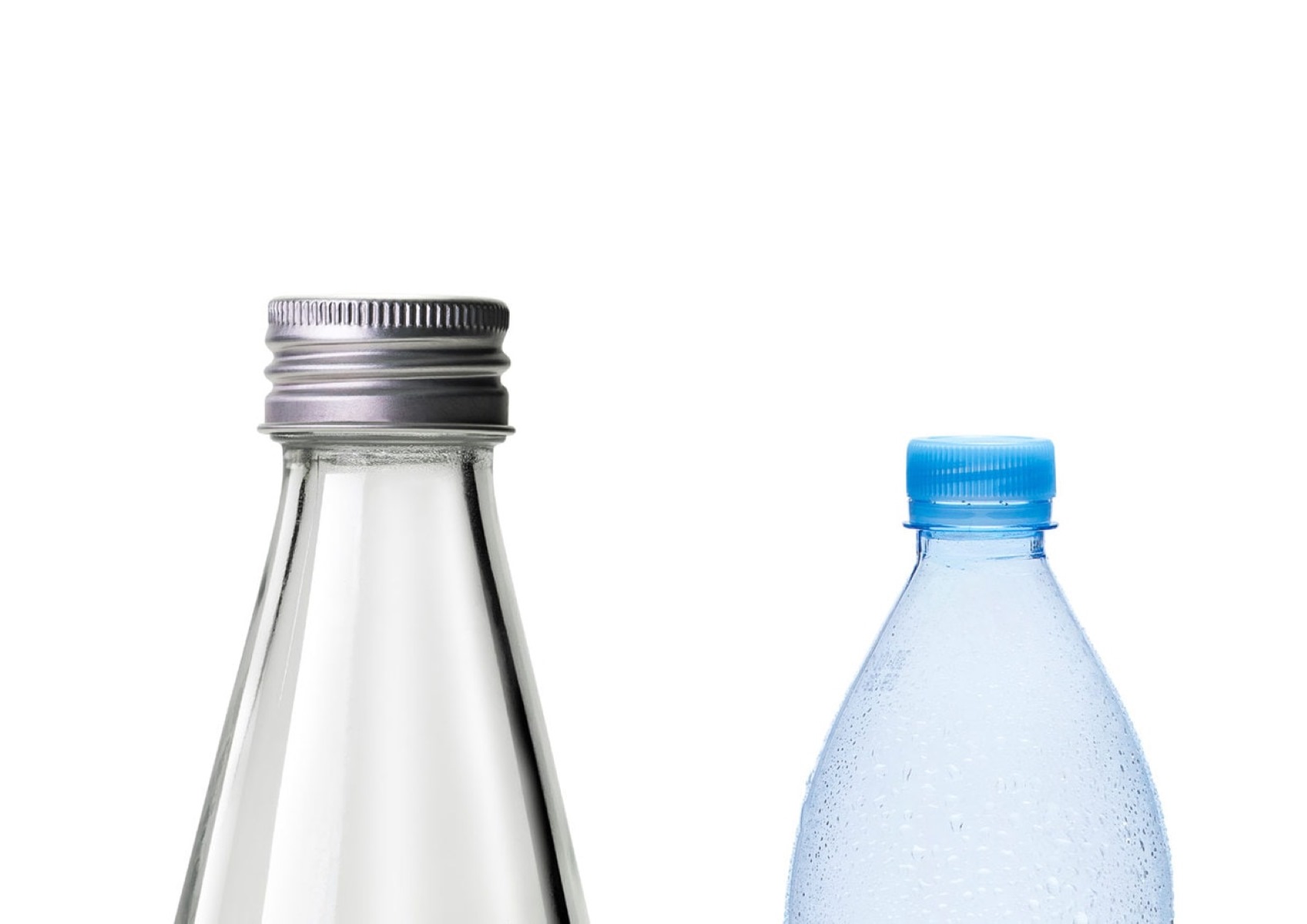
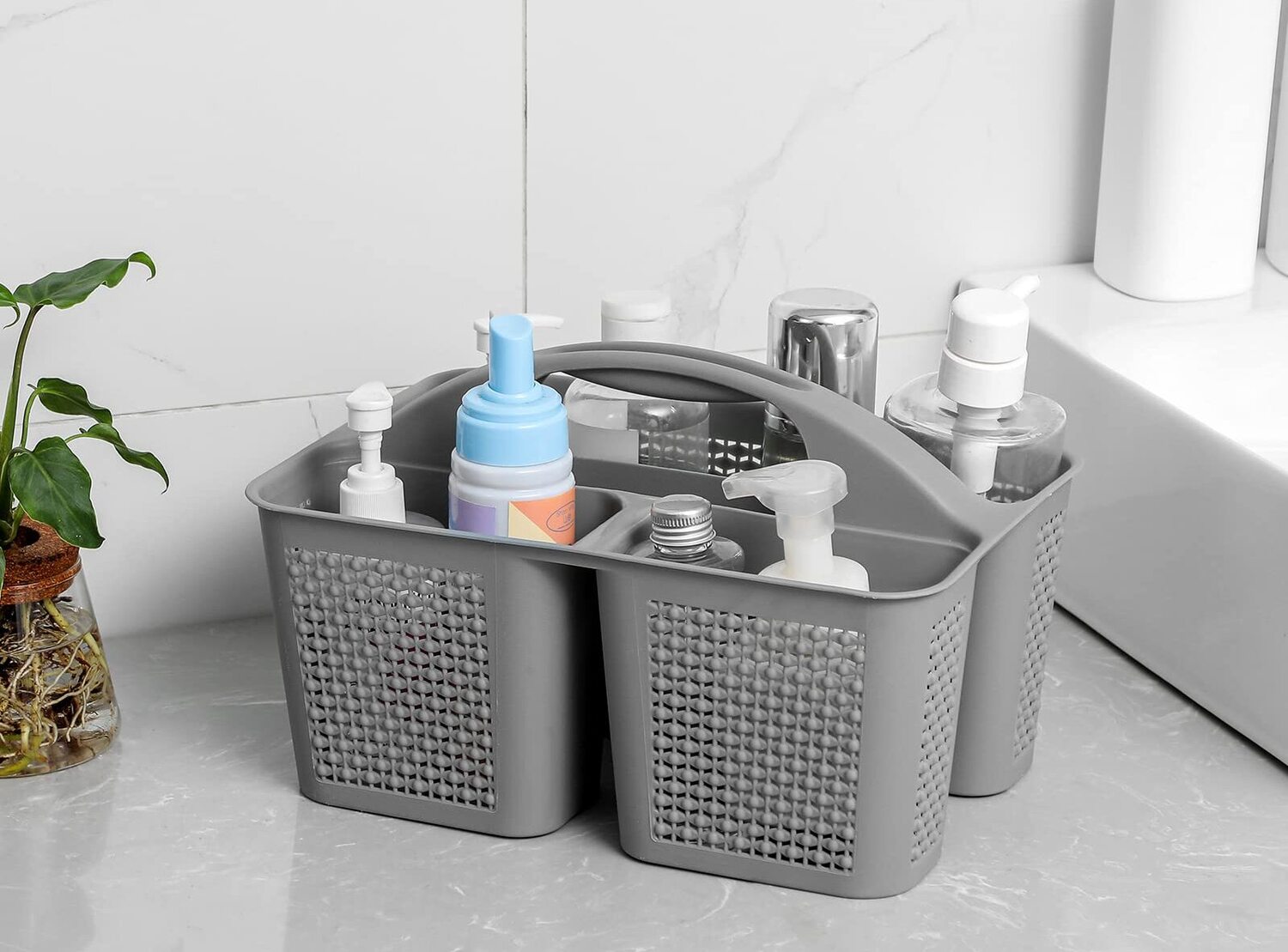
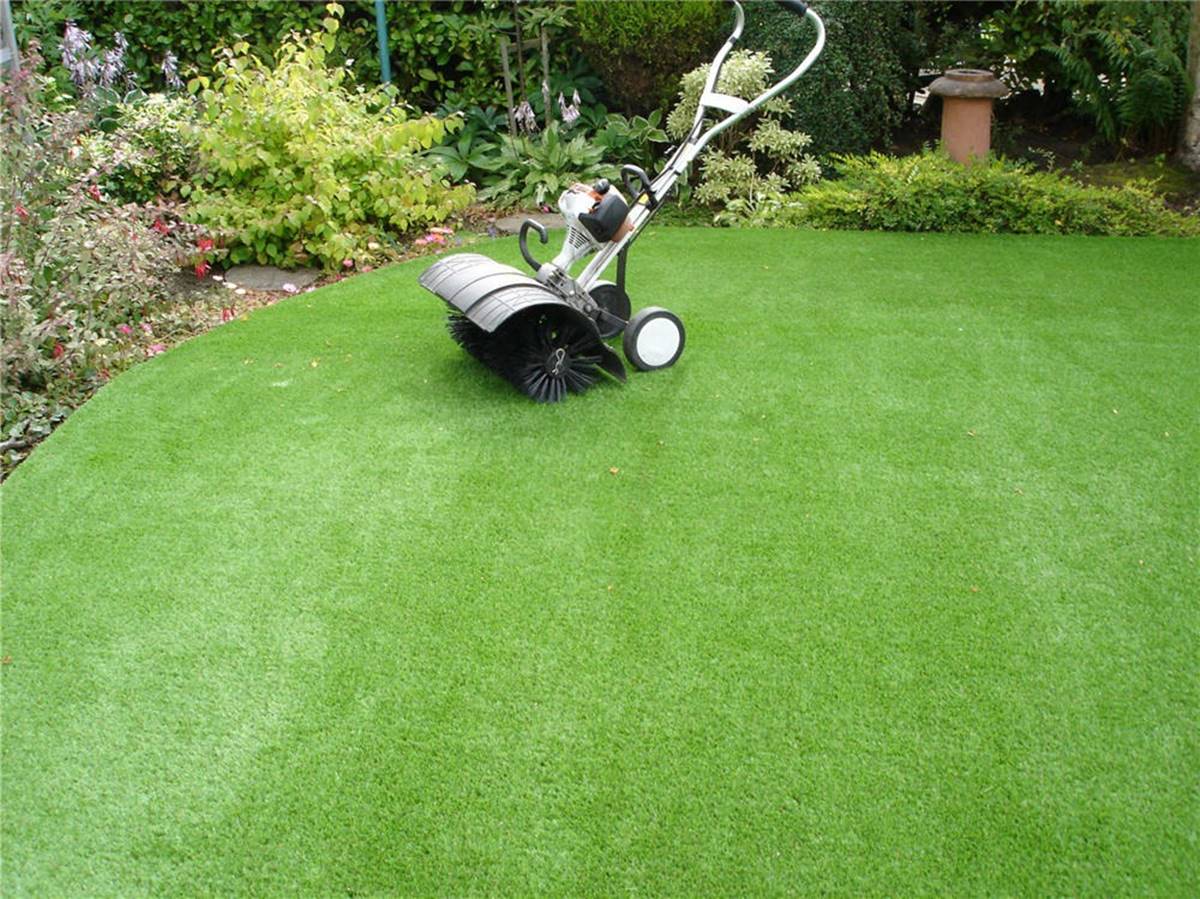
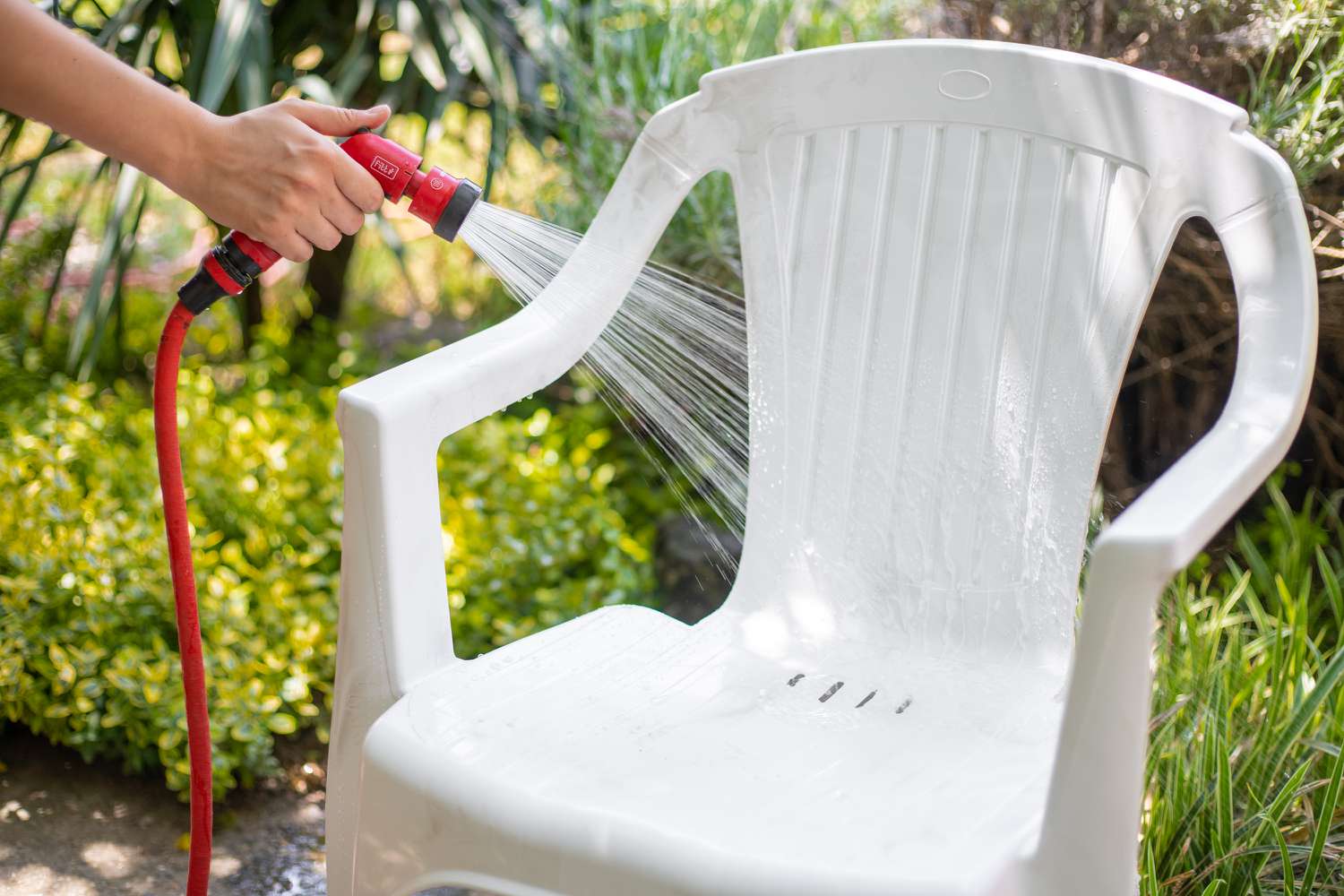
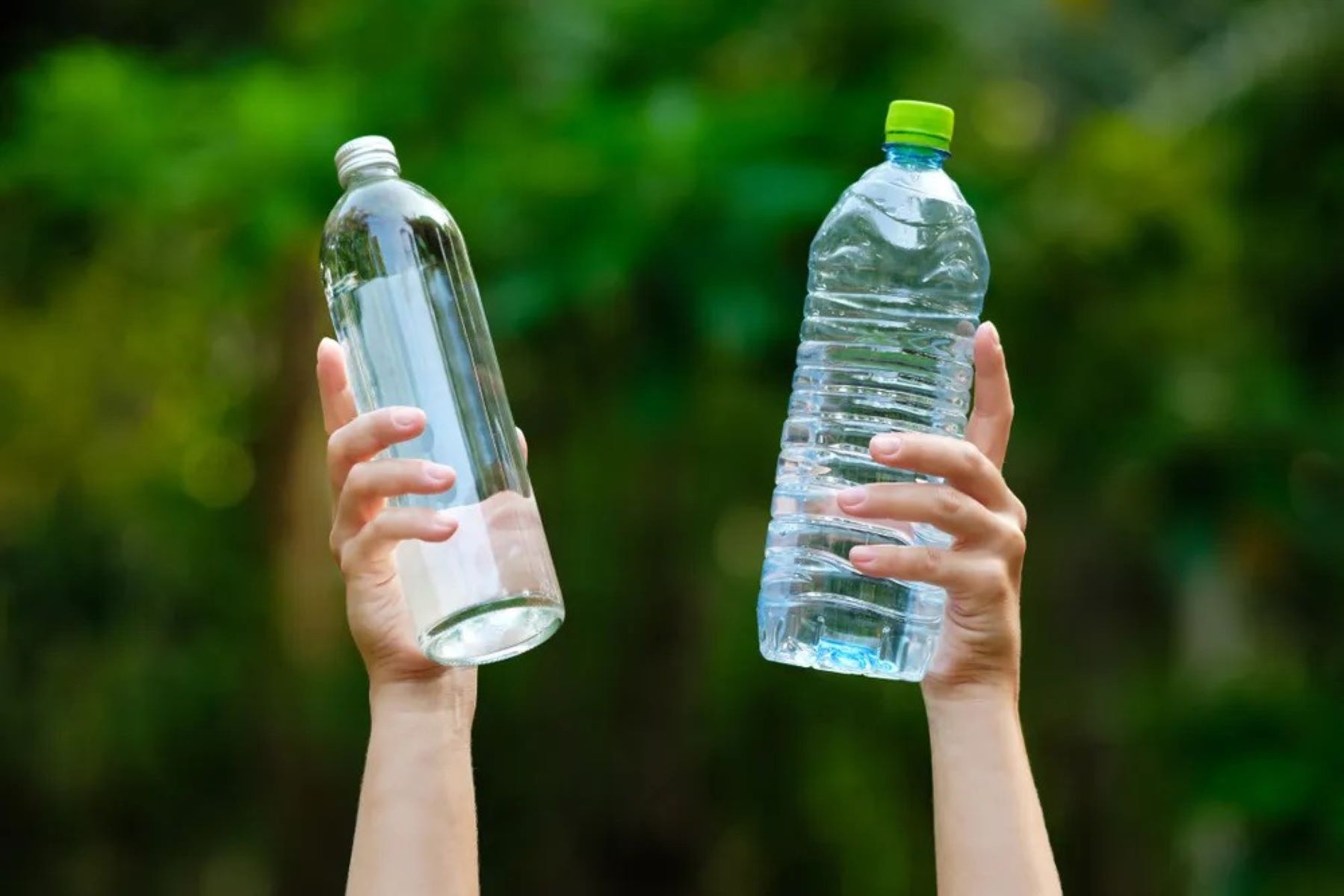
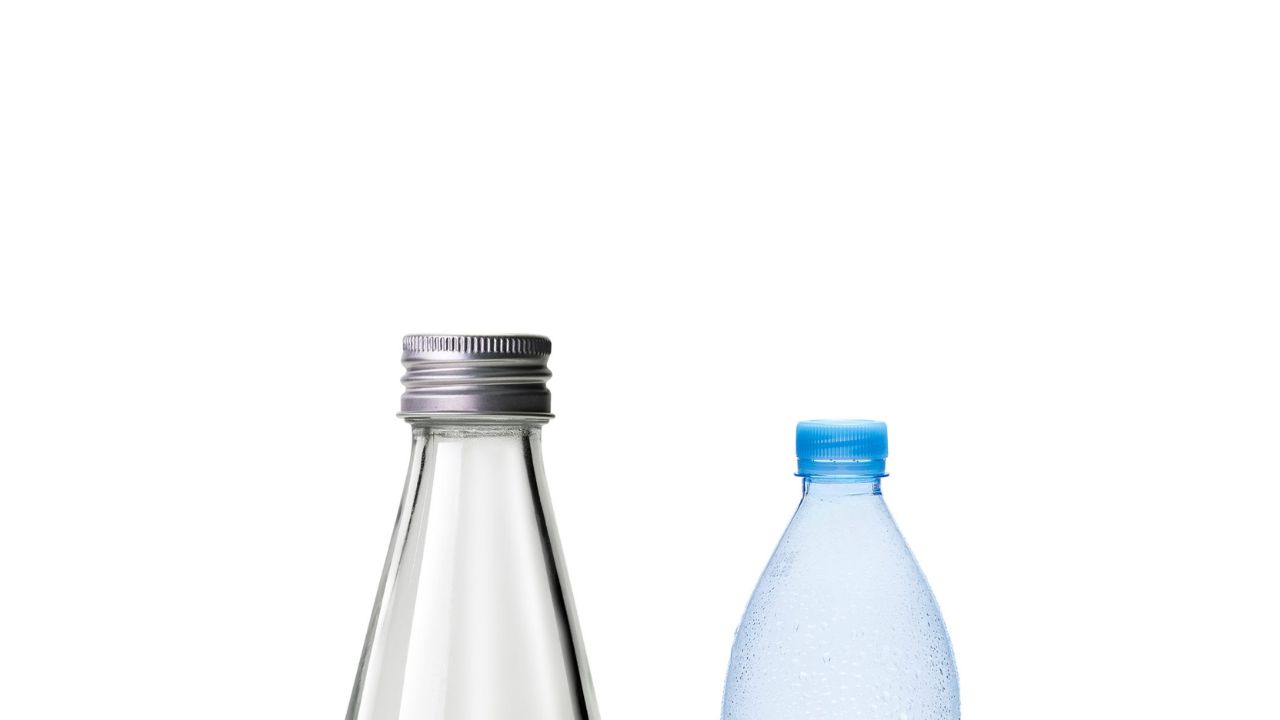
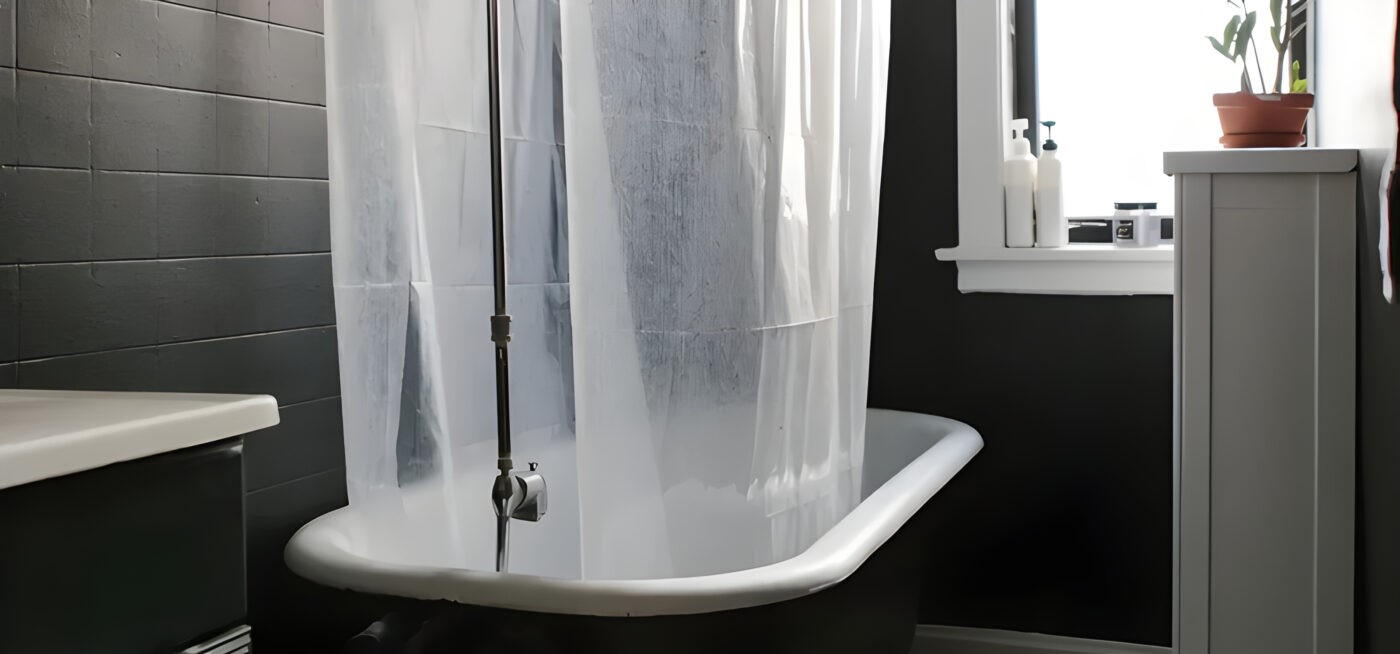

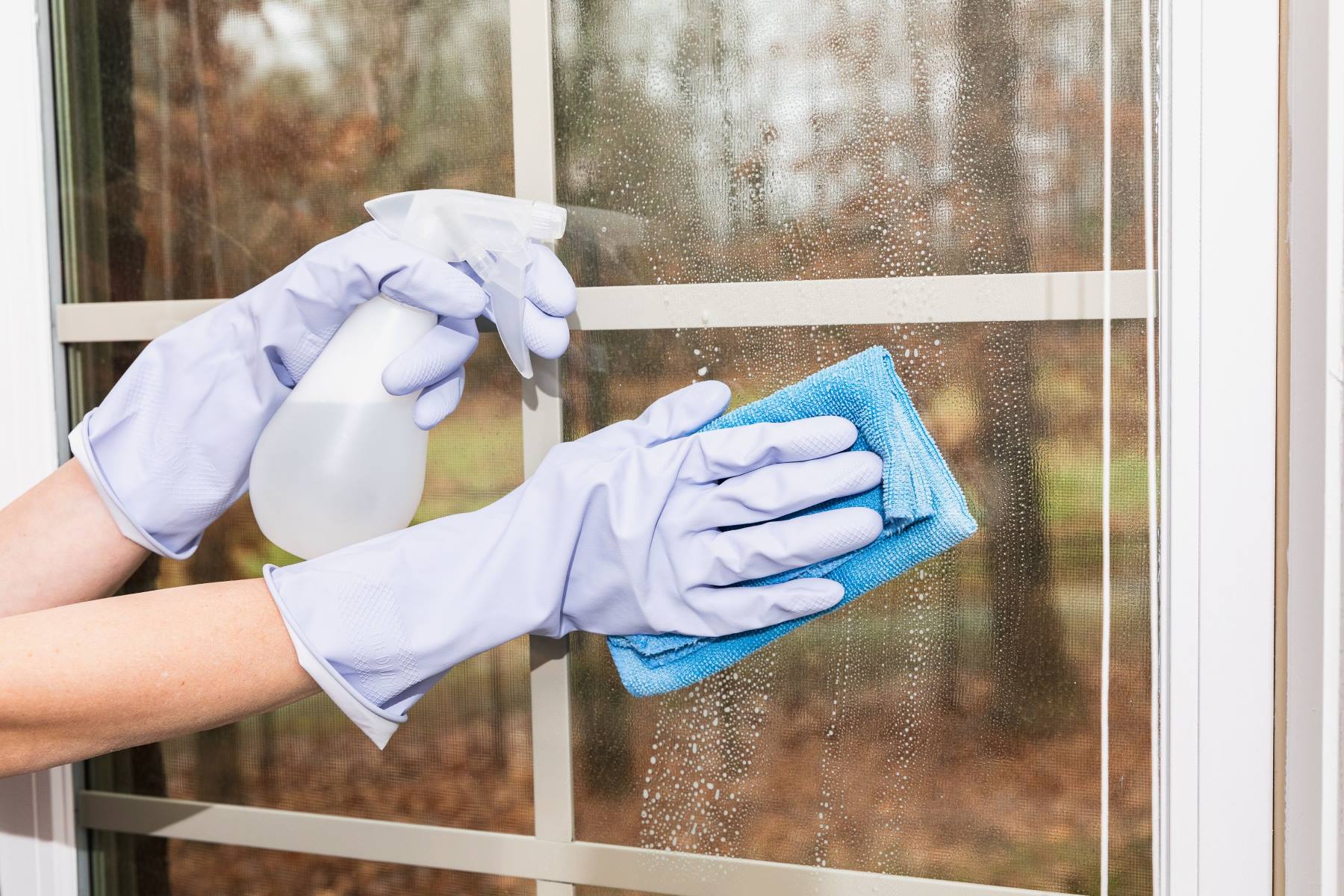
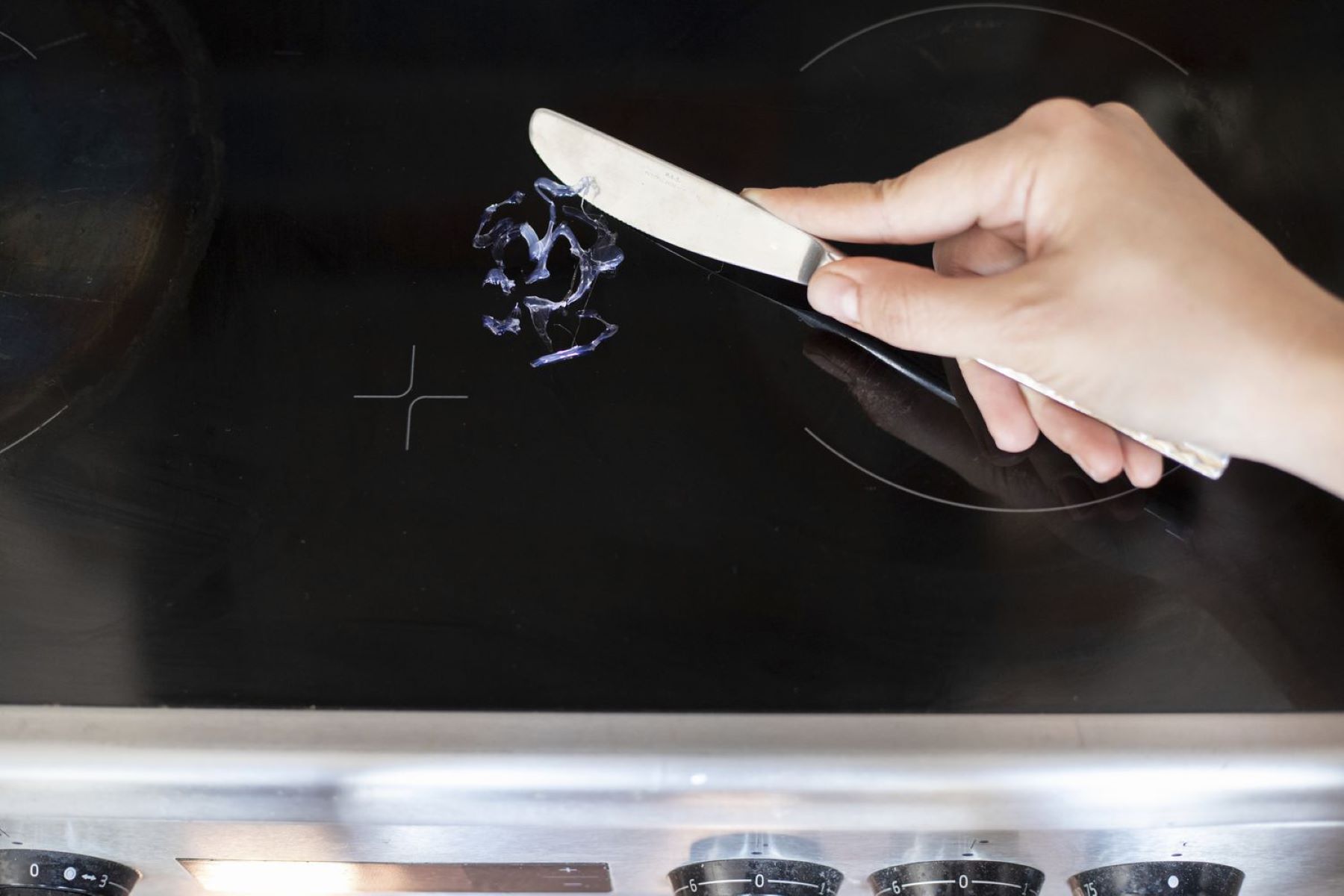
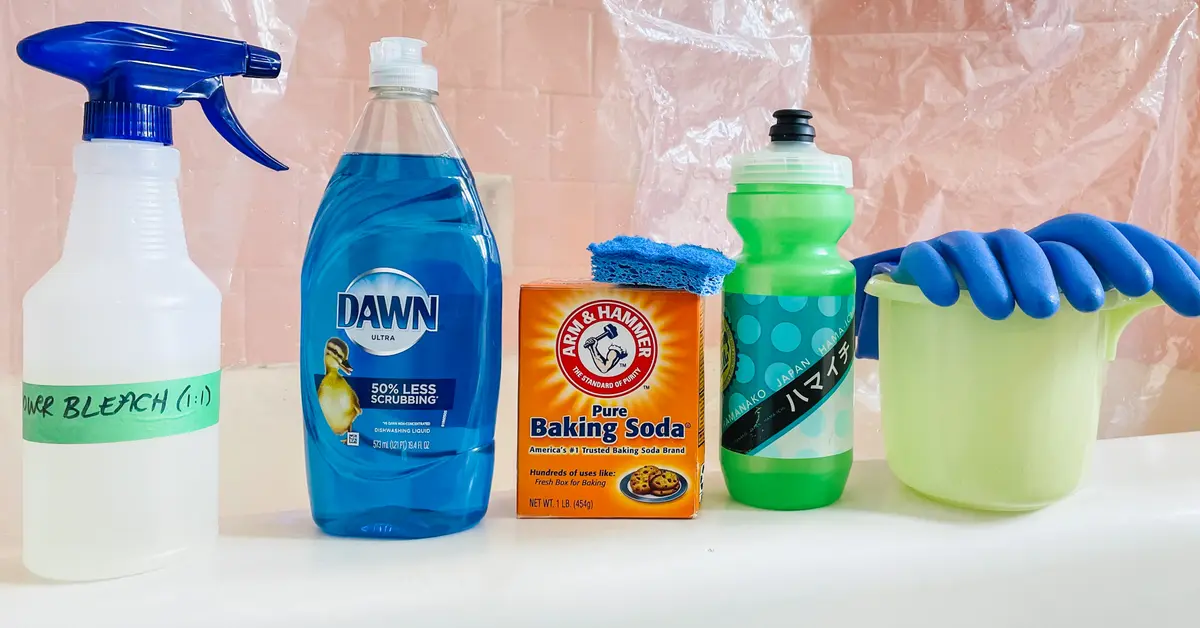
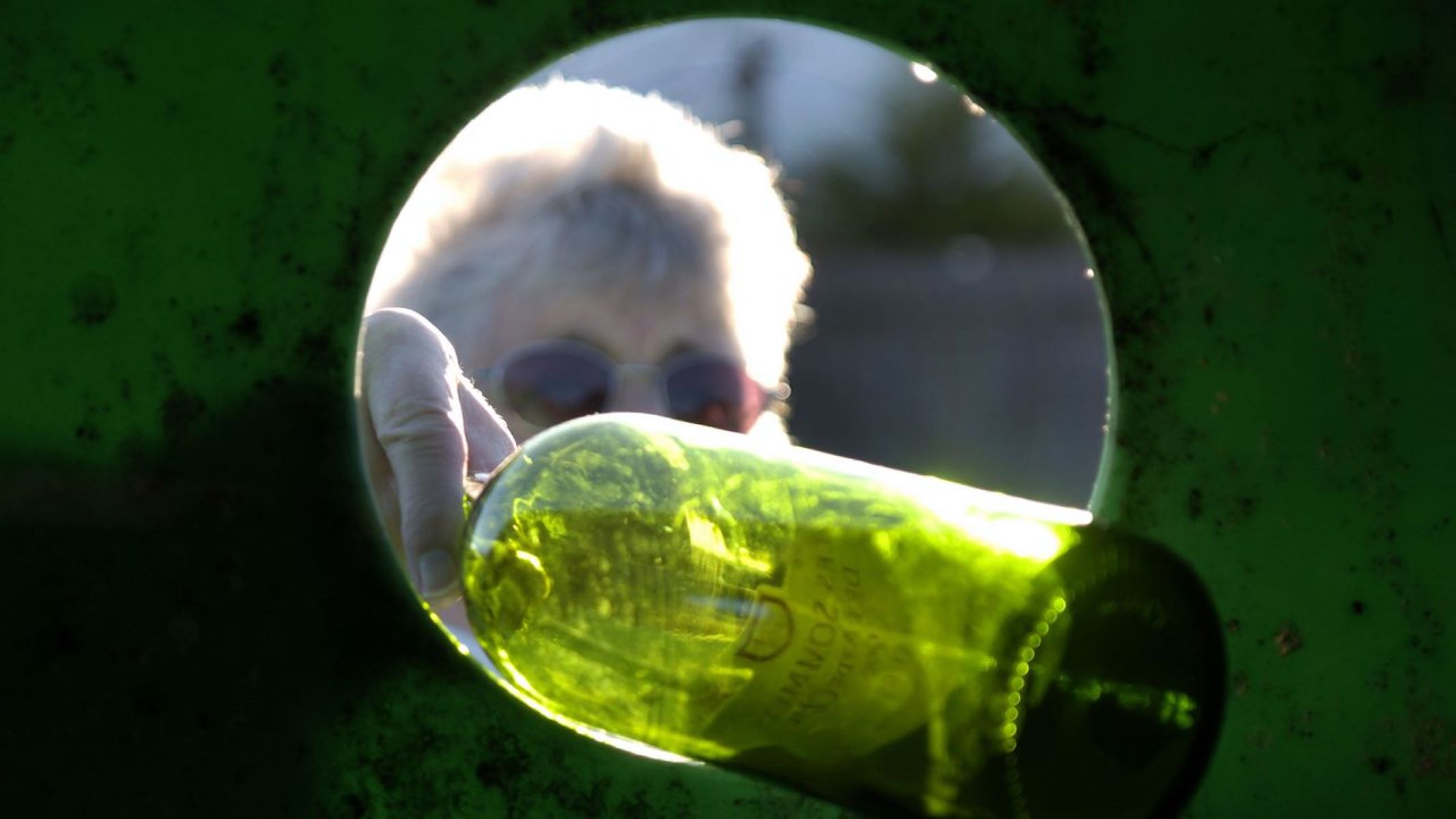
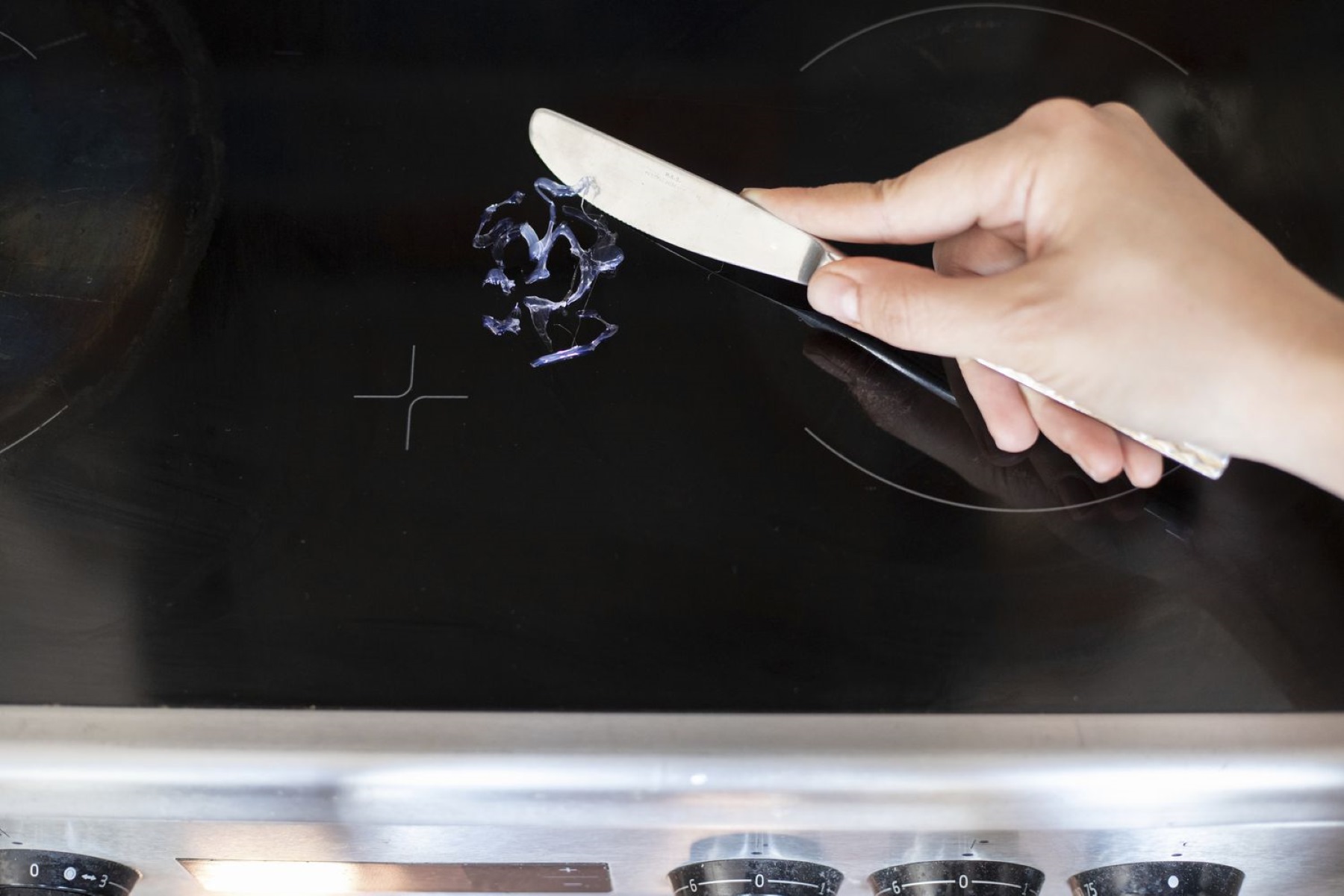

0 thoughts on “How To Clean Plastic Glass”